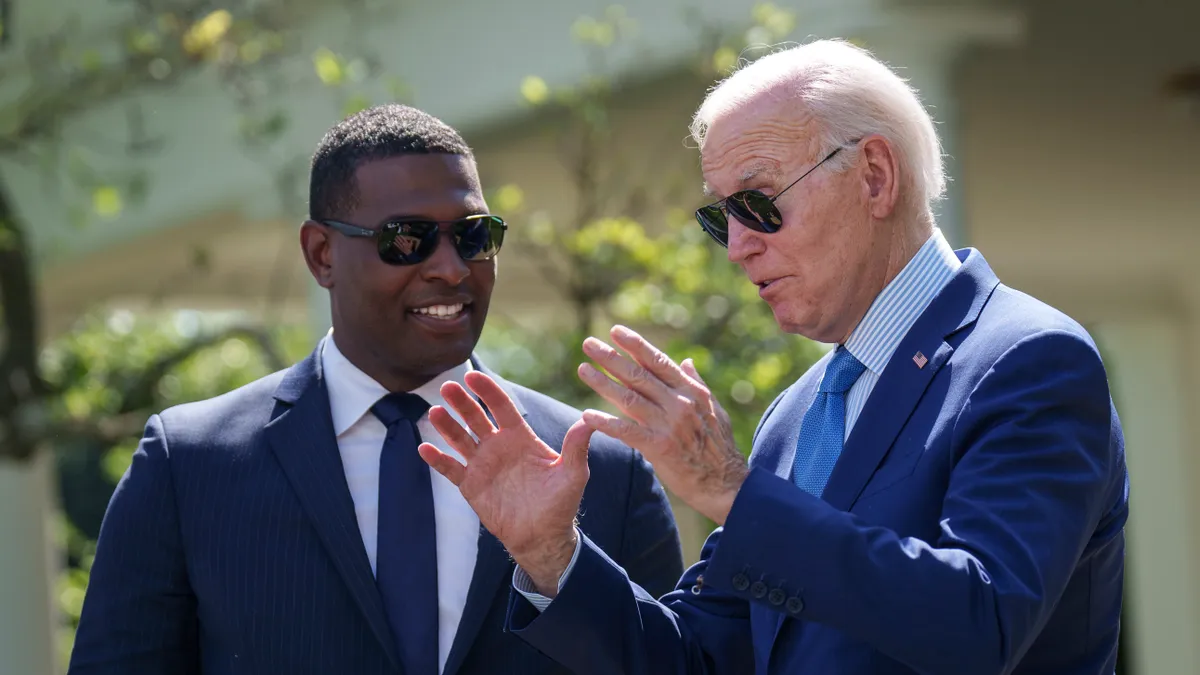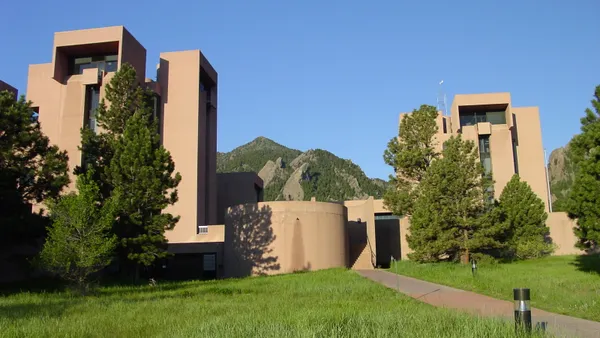Dive Brief:
- The Biden administration announced on Tuesday the availability of about $2 billion in grants for communities to deploy clean energy, boost climate resilience and address climate and environmental justice challenges.
- Local governments partnering with community-based nonprofits are eligible to apply for the Community Change Grants, which mark the “single largest investment in environmental justice going directly to communities in history,” according to an Environmental Protection Agency news release.
- Federal climate funding has been criticized as difficult for less-resourced communities to access, and the grant program includes key elements to counter such challenges. That includes $200 million for technical assistance, an opportunity for applicants to orally present to the EPA, and a yearlong rolling application process that allows unselected applicants to try again with a new application. The final deadline to apply is Nov. 21, 2024.
Dive Insight:
“For far too long, communities that have borne the brunt of power plant and industrial pollution have been left out and left behind,” said John Podesta, the president’s senior advisor for clean energy innovation and implementation, in a statement.
The grants can be used to support a wide range of efforts, the EPA said, including workforce development, indoor air pollution reduction and deployment of low- and zero-emissions technologies. In addition to partnerships between local governments and nonprofits, other eligible applicants include partnerships between two community-based nonprofits or a nonprofit and a federally recognized tribe or higher education institution.
However, the Inflation Reduction Act funds supporting the grants are threatened as House Republicans look to rescind $1.4 billion of the climate law’s support for environmental justice grants. According to E&E News, Biden has threatened to veto the Republican bill, and Senate Democrats will probably not allow it to go through.
The grant program was designed by the EPA with public input received through webinars and a consultation with the agency’s National Environmental Justice Advisory Council. The EPA said in its news release that this input “ensured the creation of a more inclusive and accessible grant program.”
The oral presentation opportunity, for example, is a new format “responsive to community requests to engage with EPA in more accessible ways,” the agency said. Some applicants applying for larger grants may be invited to participate in these events, which will enable EPA application reviewers to hear directly from applicants about community priorities, desired outcomes and long-term sustainability plans.
The EPA also set aside specific amounts of the total grant funding for five “target investment areas.” $100 million will be set aside for nontribal projects within 62 miles (100 kilometers) north of the U.S.-Mexico border, and $50 million is dedicated to small, rural unincorporated communities. Projects in tribes and territories will respectively be allocated $300 million and $50 million. Tribes in Alaska will receive another $150 million, including for projects to clean up contaminated lands.
Multiple informational webinars will be held by the Office of Environmental Justice and External Civil Rights, with the first happening on Dec. 7.












